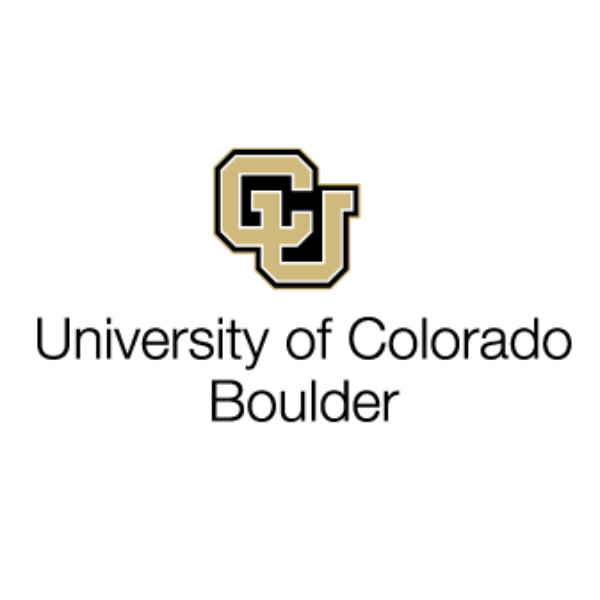CU Boulder Receives Grant with Potential to Create a Globe-Spanning Infrared Telescope
Physicists and engineers at CU Boulder envision infrared astronomy telescopes that may one day span the entire globe—syncing up observations from instruments spread across the continents, or even orbiting Earth, and giving scientists an unprecedented look at phenomena like the birth of new planets.
That ambition is part of a new project led by Scott Diddams, professor in the Department of Electrical, Computer & Energy Engineering, and funded by a $1 million award from the W.M. Keck Foundation.
The project hinges on a technology called frequency comb lasers. These tools were originally developed by scientists at JILA, a joint research institute between CU Boulder and the National Institute of Standards and Technology (NIST), for devices called optical clocks. Frequency combs, Diddams said, could one day make the world’s existing infrared telescopes more precise—and even help scientists see entire portions of the universe at resolutions hundreds or even thousands of times greater than what’s possible today.
“It’s never been done before,” he said. “But it would allow you to see so much clearer and sharper images of so many interesting things in the universe.”
The three-year study will explore the feasibility of creating a frequency comb detector for such a planetwide astronomical instrument. Such a tool could, one day, allow scientists to detect infrared light with a precision not possible before and also sync up a wide array of telescopes.
The idea behind this kind of massive telescope isn’t new: Astrophysicists on the Event Horizon Telescope team, for example, similarly linked up observations from a wide network of telescopes to develop the first-ever image of a black hole in 2019.
Those researchers, however, were looking at radio waves in space. Diddams and his students, instead, want to observe infrared light—a type of radiation that requires new detector technologies to measure and can reveal higher resolution and completely different information than radio waves.
Massimo Ruzzene, vice chancellor for research and innovation and dean of the institutes, added that the project shows how engineers at CU Boulder are turning fundamental science into real technologies that can change the world.
“We’re thrilled that the W.M. Keck Foundation has recognized the potential of this work to create significant real-world impact,” Ruzzene said. “Earning such a prestigious award for this groundbreaking project further reinforces CU Boulder’s well-deserved reputation as a national and global leader in quantum science and technology.”
Clocks to the cosmos
The technological breakthrough that seeded this vision of a new infrared telescope has its origins in Colorado. In the 1990s, Diddams was part of a team of physicists who pioneered the first frequency combs at JILA. Led by Jan Hall, who would go on to win a Nobel Prize in Physics for his work, the group developed lasers that could send out pulses of thousands or even millions of precisely controlled colors of light—unlike traditional lasers, which can only produce a single color.
Originally, the scientists used these lasers to enable accurate atomic clocks, or devices that record time by measuring the incredibly fast “ticking” of atoms. But frequency combs, the scientists realized, could also function as precise rulers for light, allowing them to make other measurements that weren’t previously possible.
Research teams at CU Boulder, for example, have used frequency combs to detect the methane gas leaking from oil and gas facilities in the West.
In the new project, Diddams and his students will study if frequency combs can help detect weak infrared light and also help align the observations of many different telescopes working in tandem—a bit like how photo editing programs can stitch together multiple images to create a single, detailed panorama picture. The team hopes to build a foundation that could one day enable these detectors to be part of an array of space telescopes.
“Essentially, the incoming signals to the telescopes can be both recorded and timed relative to a common clock,” he said.
Such a telescope array would open new windows into the universe for astronomers. Scientists could potentially use such technology to get a better view of the disks of dust that swirl around newly formed stars—primordial nurseries where new planets begin to coalesce.
“When we first made frequency combs nearly 25 years ago, we knew they would useful for clocks,” Diddams said. “We did not imagine that they might also help us explore the universe.”

